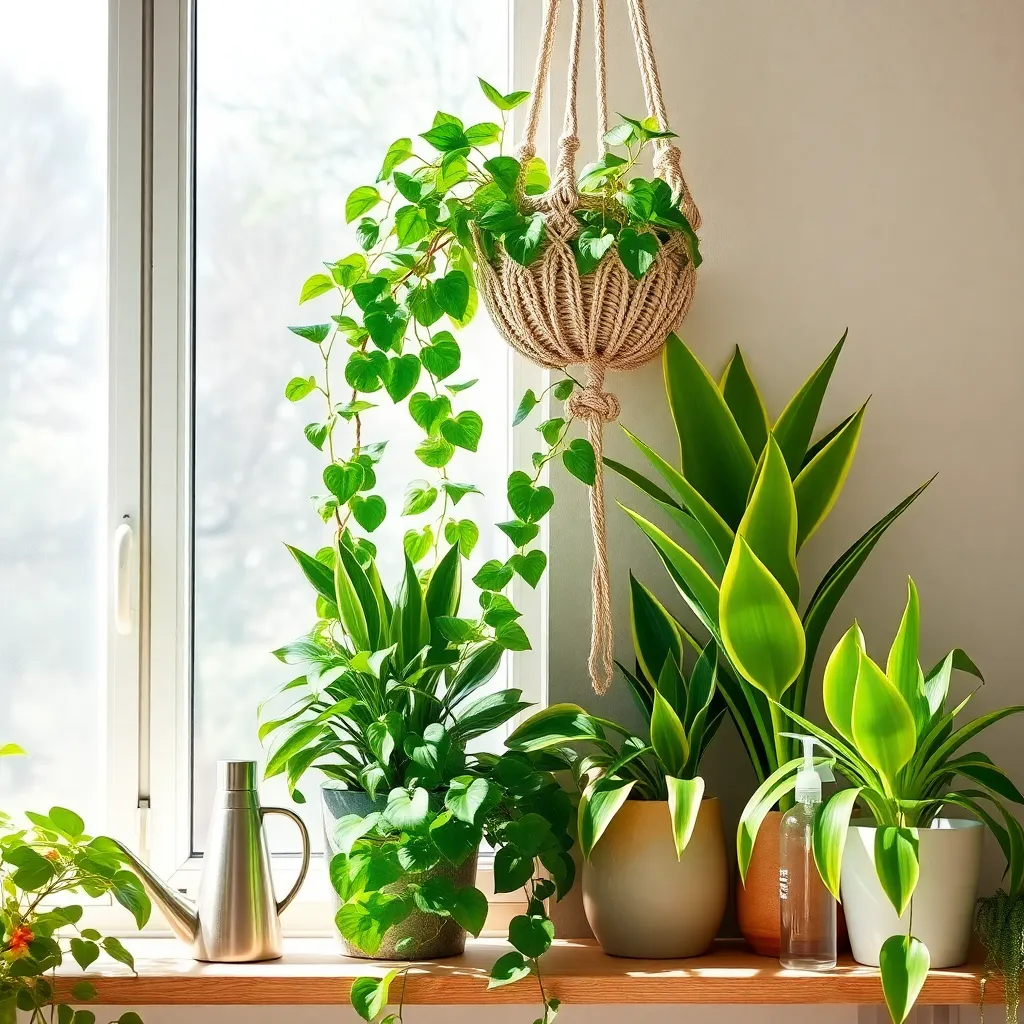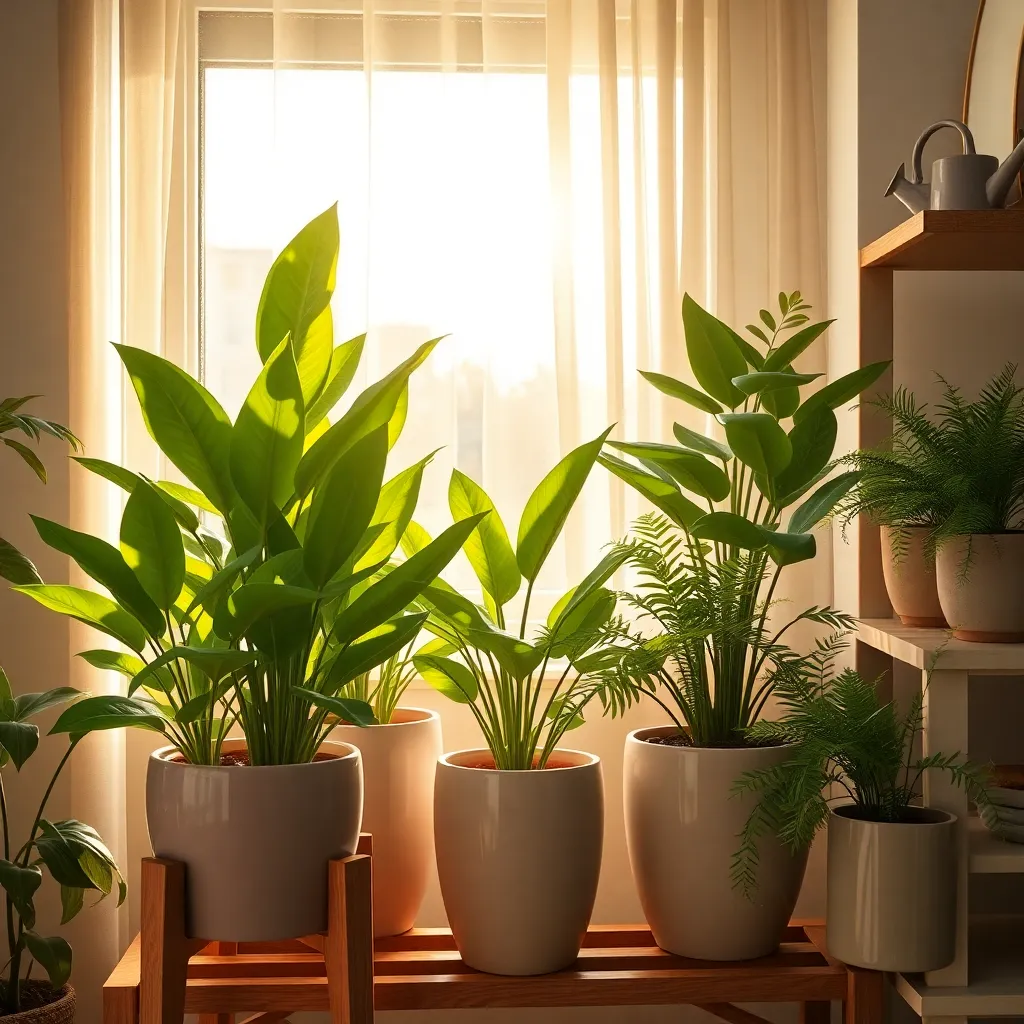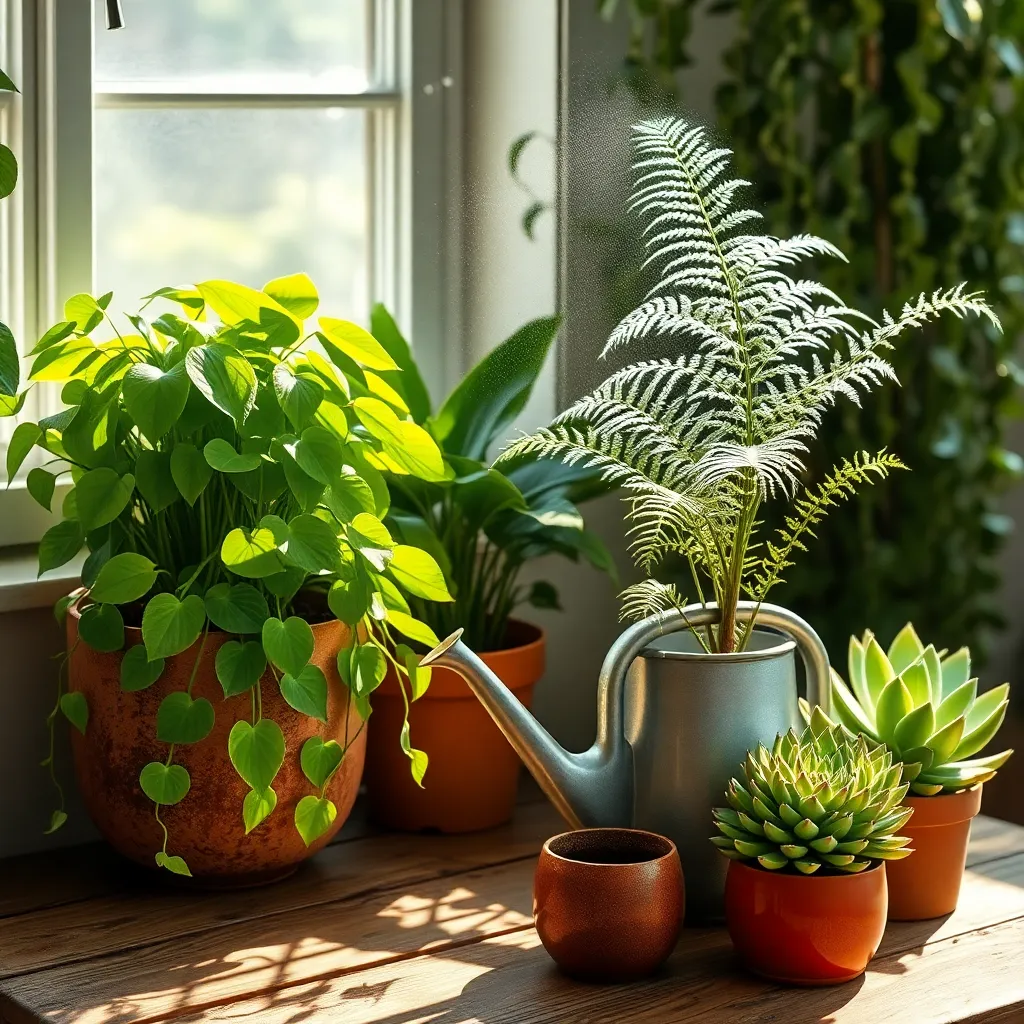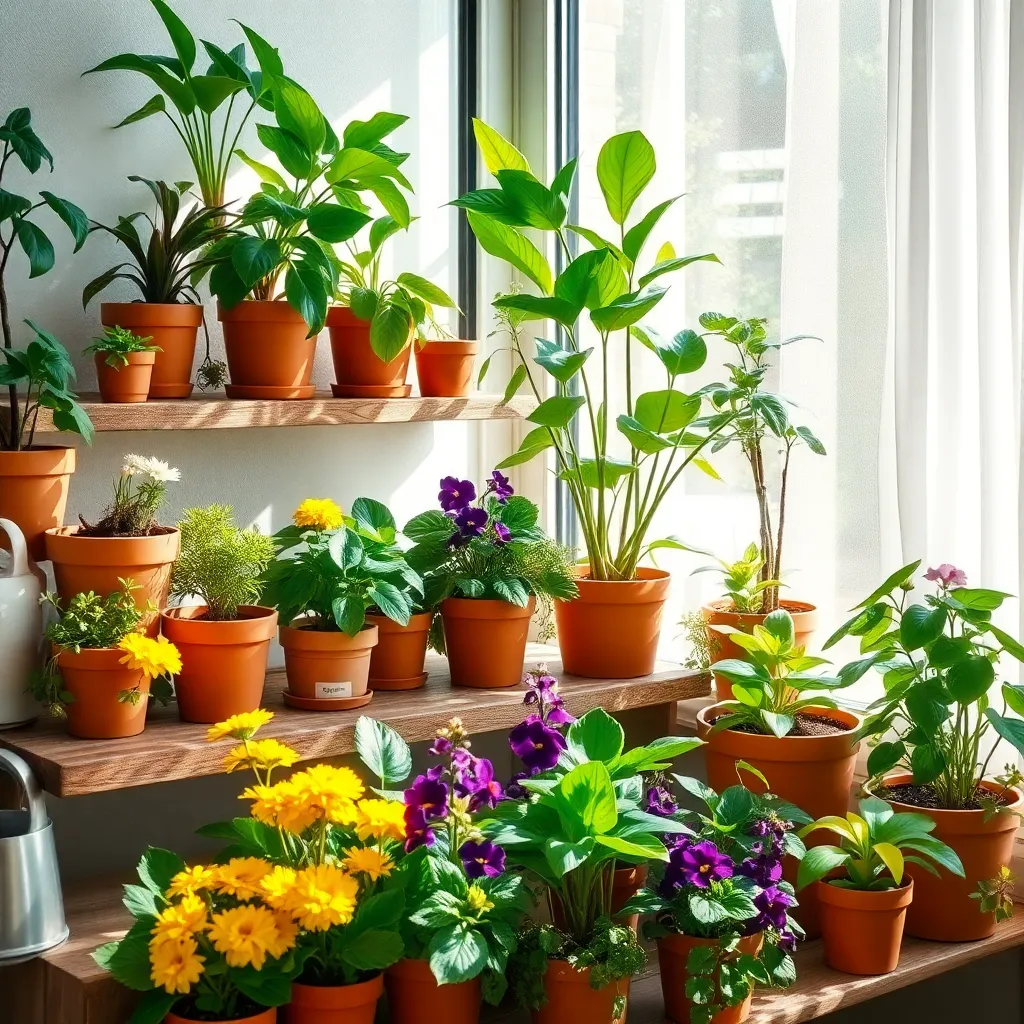Welcome to “Simple Indoor Gardening Ideas for Beginners,” where the joy of nurturing plants meets the comfort of your home! Whether you’re just planting your first seed or have a seasoned green thumb, this guide is designed to inspire confidence and spark creativity in your indoor gardening journey. Embrace the satisfaction of watching your indoor spaces transform into lush, thriving environments that bring both beauty and tranquility to your daily life.
In this guide, you’ll discover a collection of practical and simple ideas tailored to fit any living space, from cozy apartments to spacious homes. These techniques are crafted to be easily accessible, ensuring that anyone can experience the rewarding benefits of indoor gardening, such as improving air quality, reducing stress, and adding a personal touch to home décor. By the end of your reading, you’ll walk away with not only newfound knowledge but also the excitement and assurance to cultivate your own indoor oasis successfully.
Choose Easy-Care Plant Varieties

Choosing the right indoor plant can make all the difference for a beginner gardener. Opt for easy-care varieties like pothos, snake plants, or ZZ plants, which thrive with minimal attention and are highly forgiving.
These plants are not only resilient but also adaptable to a range of indoor environments. They can tolerate low light conditions and irregular watering, making them perfect for those still finding their green thumb.
For optimal growth, place these plants in well-draining potting soil and ensure their pots have drainage holes. Water them only when the top inch of soil feels dry to the touch; overwatering is a common mistake that can lead to root rot.
Advanced gardeners might experiment with propagating easy-care plants to expand their indoor jungle. Simply take cuttings from a healthy plant and place them in water or directly into soil; these cuttings will soon develop roots, adding more greenery to your home.
Position Plants Near Sunlight

When positioning your indoor plants, it’s crucial to consider their sunlight needs. Most houseplants thrive in bright, indirect light, making a spot near a north or east-facing window ideal.
South-facing windows provide the most intense light, which can be perfect for sun-loving plants like succulents and cacti. However, you should be cautious of direct sunlight, as it can scorch the leaves of more sensitive varieties.
For plants that require lower light conditions, like snake plants or pothos, positioning them a few feet away from a window can be beneficial. These plants can also tolerate artificial light if natural light is insufficient, making them perfect for dimmer rooms.
Always monitor your plants for signs of too much or too little light, such as yellowing leaves or leggy growth. Adjust their position as needed to find the perfect balance, ensuring they remain healthy and vibrant.
Use Proper Potting Soil

Choosing the right potting soil is crucial for the success of your indoor plants. Potting soil is specially formulated to provide the right balance of nutrients and drainage, which is essential for healthy plant growth.
Unlike garden soil, potting soil is lightweight and aerated, preventing root rot by allowing excess water to drain away. Look for a potting mix that contains components like peat moss, vermiculite, and perlite for optimal results.
For beginners, using a general-purpose potting mix is often sufficient for most houseplants. However, certain plants like succulents and cacti require a mix with added sand or grit to improve drainage.
Experienced gardeners might experiment with creating their own potting mixes, tailoring the ingredients to specific plant needs. Consider adding organic matter like compost or worm castings to enhance the nutrient content and promote a thriving indoor garden.
Water According to Plant Needs

Understanding your plant’s watering needs is crucial for indoor gardening success. Different plants have unique requirements, and overwatering is a common mistake for beginners.
Start by researching the specific water needs of each plant species in your collection. Succulents and cacti, for example, require less frequent watering compared to tropical plants like ferns.
To determine when to water, check the moisture level in the soil by sticking your finger about an inch deep. If the soil feels dry at that depth, it’s time to water—ensuring you saturate the soil until water drains from the bottom of the pot.
Consider the environment where your plants are placed, as it affects their water needs. Rooms with higher humidity may require less frequent watering compared to dry, air-conditioned spaces.
Regularly Rotate Plant Positions

Rotating your indoor plants regularly can significantly enhance their growth and overall health. This practice ensures that each side of the plant receives equal sunlight, preventing uneven growth and promoting symmetry.
Incorporate a simple routine by rotating your plants by a quarter turn each week. Consistency is key, as this will help maintain balanced exposure to light, reducing the risk of leaning or distorted stems.
Pay attention to the specific light requirements of each plant species when rotating. While most plants benefit from this practice, some, like orchids, might need a more stable environment, so adjust accordingly.
Advanced gardeners can use this technique to optimize plant health and aesthetics. Consider marking the pot with a small dot to track rotation and ensure even exposure.
Conclusion: Growing Success with These Plants
As we wrap up our exploration of ‘Simple Indoor Gardening Ideas for Beginners,’ let’s revisit the key relationship concepts we’ve unearthed. First, nurturing growth in any relationship, much like a garden, requires patience and attention. Second, communication can be likened to sunlight, essential for fostering understanding and warmth. Third, trust forms the roots that anchor and sustain partnerships. Fourth, flexibility, akin to adapting to changing seasons, is crucial for enduring harmony. Lastly, shared goals, much like planning a garden layout, align your paths toward a flourishing future together.
Now that you’re equipped with these insights, why not take a simple, immediate step to enrich your relationship? Consider starting a small indoor garden together, fostering both your connection and a shared sense of accomplishment.
Remember to bookmark this article for future reference, as it can serve as a valuable guide in your relationship journey. As you cultivate these principles, envision the success that awaits: a relationship that thrives, resilient and vibrant, much like a well-tended garden. Embrace this opportunity to grow together, and let your love blossom into something truly extraordinary.

